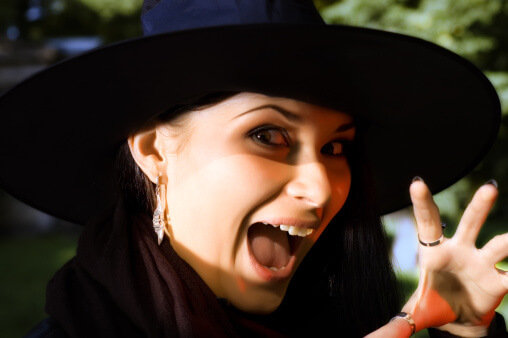
A Brief History of Halloween
Every year, thousands of kids—and kids at heart—prowl the dark streets of their neighborhoods, knock on doors, and request candy and other delicious treats. This night, known as Halloween, is a festive time for many, as it allows little girls to dress up in the costumes of their favorite princesses and little boys to mimic their favorite super heroes. During this night, consuming unlimited amounts of sugar is usually acceptable, regardless of the inevitable candy crash kids often experience after the eve of October 31. While most people associate this holiday with fun, costumes, candy, and pumpkins, the history of Halloween is actually much darker and dates back thousands of years.
The History of Halloween Began with the Celts
The history of Halloween began with the Celtic festival of Samhain, a ritual similar to a more current New Year’s Eve celebration during which the Celts honored the end of summer and the beginning of winter, as well as the death and cold darkness that comes with it. The Celts viewed this time of year as the time during which the normally impermeable veil between the living and dead was very thin and believed the spirits would rise from the dead on October 31 and damage crops with frost and other troublesome deeds. To discourage people from worshipping spirits, the Roman church developed their own holiday and proclaimed November 1 All Saints’ Day to honor saints and martyrs of the church. As the Celtic rituals slowly mixed with Catholic ones, people began to refer to this time as “Halloween.”
The History of Halloween Involves Tradition
From the early beginnings of the festival of Samhain, tradition has been an integral part of the history of Halloween, and activities such as bobbing for apples started when the Celts honored Pamona, the goddess of the fruit trees. Another tradition that spans many years is trick or treating, which began with All Souls’ Day parades in early England. During this time, poor citizens of England would line up on the sides of streets and accept pastries known as soul cakes in exchange for praying for the dead family members of the wealthy class.
While people often perceive October 31 as simply a fun day during which they can put on costumes and pretend to be different characters for an evening, the history of Halloween dates back many years and is much darker than meets the eye initially. While celebrating this time of year by consuming massive quantities of sugar-filled candies is an excellent way to enjoy Hallow’s Eve, knowing its rich history can help you appreciate it more.